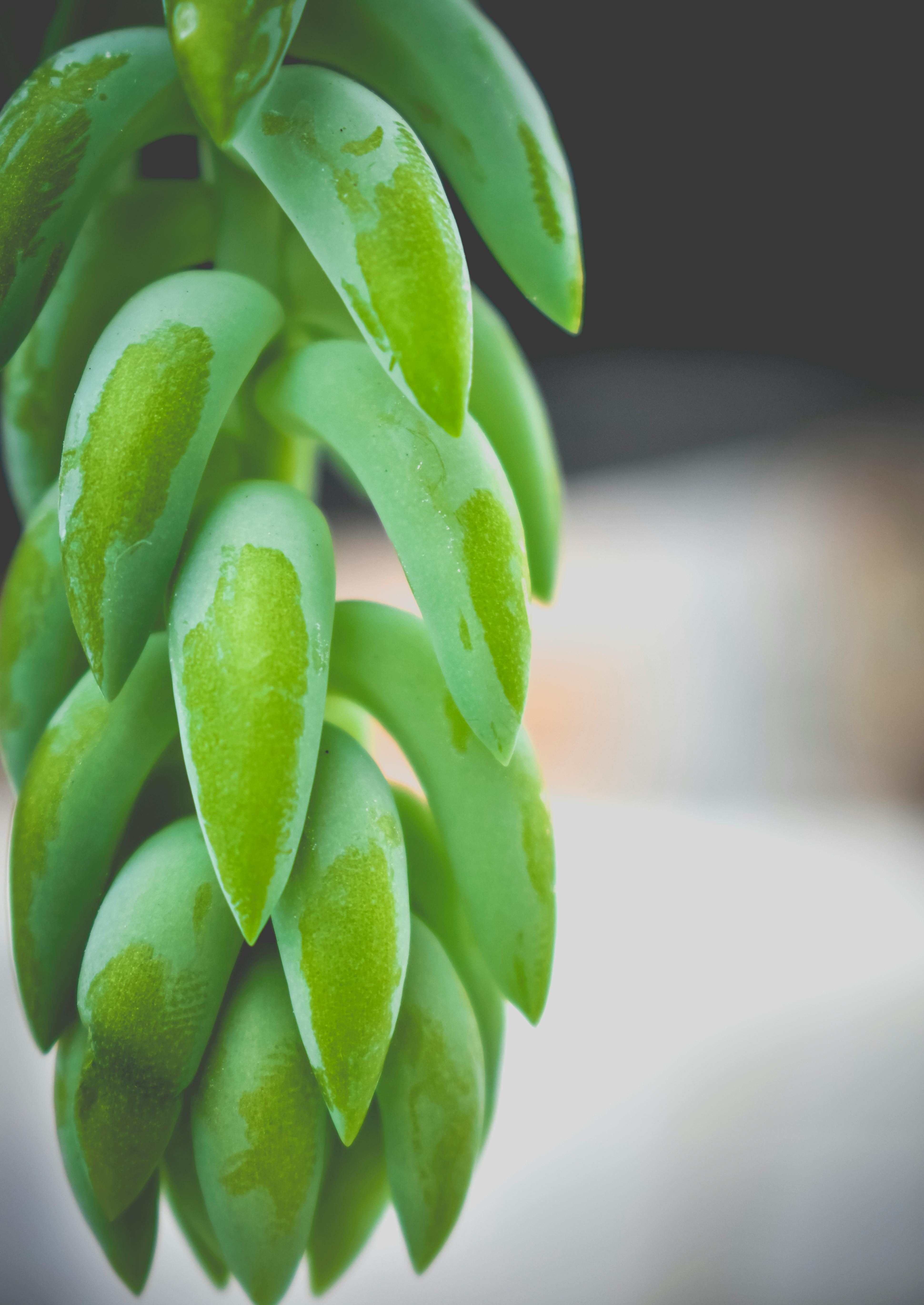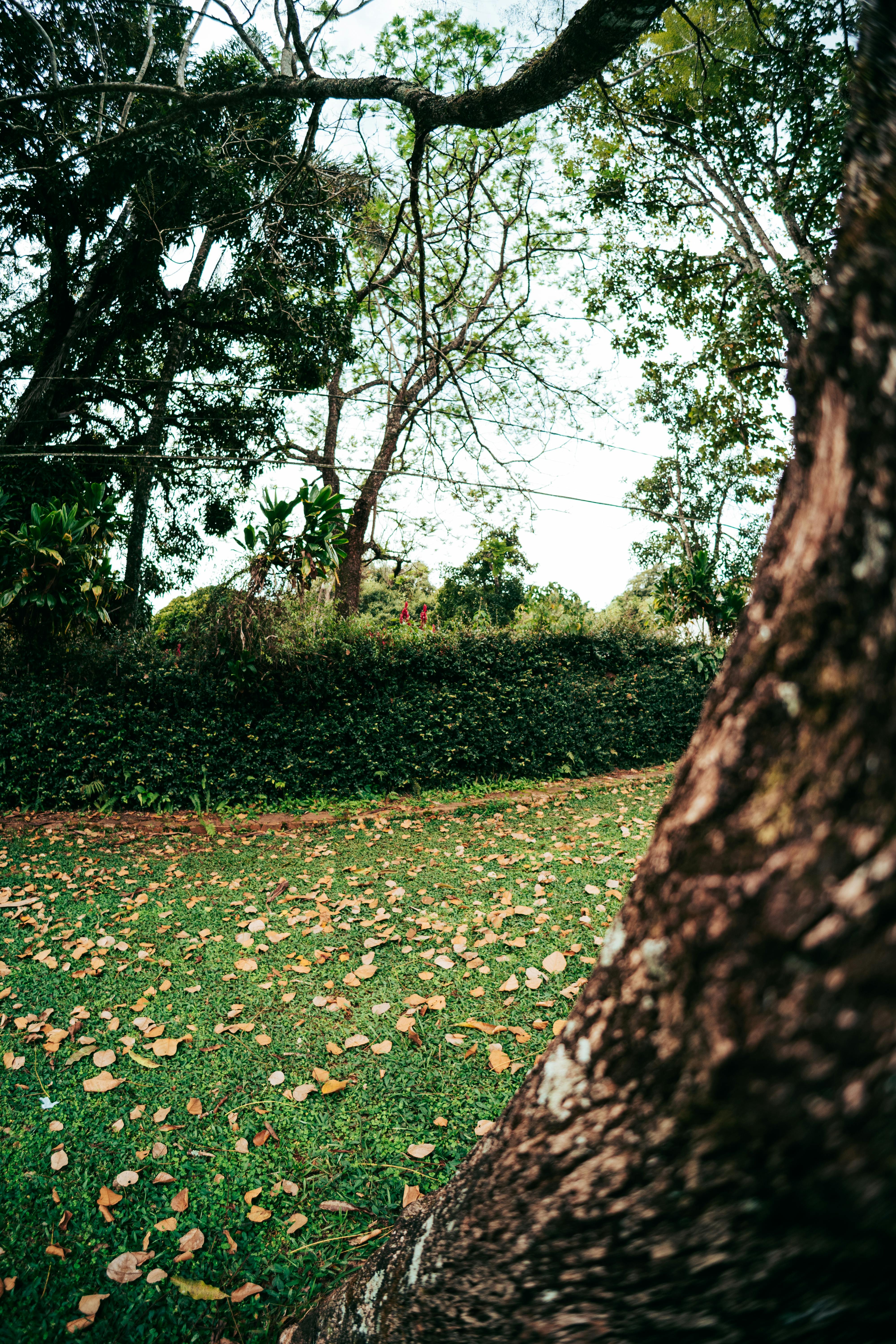Introduction to Sedum Fall Care
As the vibrant shades of autumn tinge the leaves with a crimson hue, gardeners often ponder the needs of their beloved perennials. Sedums, with their succulent leaves and star-shaped blooms, have secured a cherished spot in gardens for their hardy nature and minimal demands. However, even the robust sedum requires seasonal wisdom to flourish. This article peels back the layers of fall care, unearthing the question on every gardener’s mind: should sedum be cut back in the fall?
Picture this: the resilient sedum, basking all summer long in a continuum of carefree growth, now faces the oncoming chill. Each species of this fleshy leaved favorite has its own script for seasonal performance. What works for a ‘Dragon’s Blood’ sedum sprawled across a rock garden lies in stark contrast to the ‘Autumn Joy’ variety, whose statuesque beauty thrills with fall’s fiery finale. As the days shorten and gardeners gear up for the cooler months, it’s crucial to approach sedum upkeep with a tailored touch, ensuring their perennial prowess is preserved.
Let’s delve into the essence of sedum—and gardening itself—as a living art, where each stroke, each decision, is guided by understanding and technique. For those seeking a deeper dive into the general care of these drought-tolerant stunners, consider this comprehensive sedum care guide that reveals how to keep your succulents smiling through the seasons.
In the upcoming sections, we will dissect the topic with surgical precision, revealing a roadmap for sedum aficionados. Whether to snip or not to snip, that is the query posed by every green thumb as the scent of autumn permeates the air. For more general fall garden maintenance tips, you’ll find a treasury of knowledge that complements the specific insights we’ll share next. Stay tuned, as we parse out the practices that will have you and your sedum serenely greeting the fall.
Understanding Sedum Growth and Dormancy Cycles
Imagine wandering through your garden as autumn paints the leaves in hues of amber and russet. Among the splendor, the sedum stands resilient, ready to embrace the cold. Sedum plants, with their plump, water-storing leaves, are choreographed by the seasons. In the lushness of spring and the warmth of summer, they flourish with vivacious growth, only to slow as the chill of fall signals a time for rest.

As the days shorten and the temperatures dip, sedum enters a dormancy phase, a clever adaptation that lets them conserve energy. Cooler temperatures act as a gentle whisper for these succulents, cueing them to hunker down and preserve their strength. It’s a survival ballet performed year after year, and understanding it is key to cultivating your sedum with care.
But what does this mean for the sedum aficionados among us? During fall, you might notice the sedum’s once lush foliage beginning to wane, a natural prelude to winter’s pause. This isn’t a distress signal; rather, it’s an indicator of the plant’s innate rhythm. Indeed, for gardeners, this change beckons a tailored approach to maintenance. For insights on how to tend to your sedum during the various seasons, consider exploring our other article on garden maintenance tips, which offers a treasure trove of knowledge for any green thumb.
When Cool Weather Calls: Sedum’s Response
Many think of succulents as desert denizens, but sedum plants are more versatile. They’re like the chameleons of the plant world, adapting not just to blazing sun but also to the cool embrace of autumn. This versatility is a testament to their hardiness and a hint at how they should be cared for as the earth tilts away from the sun. Whether you’re a seasoned gardener or a budding enthusiast, taking cues from the sedum’s natural dormancy cycle can lead to a flourishing garden year-round.
Reasons for Cutting Back Sedum in Fall
As the autumn leaves carpet the ground with their crunchy mosaic, it’s a signal for gardeners to evaluate their sedum’s needs. But why consider a haircut for your sedum when the air turns crisp? Let’s dive into the foliage and unearth some motives for this seasonal trim.
Firstly, let’s talk pest control. As the days shorten and temperatures drop, pests start hunting for cozy winter homes. If you’ve ever encountered a critter shacking up in your sedum’s dense growth, you know it’s not an episode of “Gardening Gone Cute.” By cutting back sedum, you’re essentially putting up a “No Vacancy” sign, reducing the risk of pest infestations that could lead to plant damage.
Speaking of unwelcome guests, disease organisms also love to lounge in the damp, decaying foliage. Seasonal pruning helps to curb this by promoting better air circulation, thus making it less inviting for fungal and bacterial gate crashers.
Come spring, your sedum will thank you for the elbow room you’ve cleared by bursting forth with vigorous growth. It’s like giving your plant its personal space to stretch out after a long winter nap. Think of it as setting the stage for a plantastic performance in the upcoming season!
Aesthetics can be just as important for the garden-savvy individual. A well-timed trim can change the sedum’s fall form from an unkempt, “I-just-rolled-out-of-bed” look to a neater, visual appeal that complements the fall garden aesthetic. This landscaping spruce-up provides a pleasant view from your window when you’re sipping on that pumpkin spice latte.
While we’re trimming and tidying, it’s also a good chance to incorporate other garden maintenance tips and practices that will set your green companions up for success. After all, informed care ensures your plants not only survive but thrive.

To sum it up, whether it’s for the health of the plant, the look of your landscape, or getting ahead of spring fever, trimming back sedum in fall ticks off all the right boxes. So, gardeners, grab those shears and give your sedums the snip they need to succeed!
Pros and Cons of Fall Pruning for Sedum
When the brisk air of autumn whispers through the garden, many plant enthusiasts begin to ponder over their perennials. One burning question often arises: “Should sedum be cut back in the fall?” It’s a sensible query, worthy of a closer look. Let’s dig into the advantages and risks associated with trimming these succulent beauties as the seasons turn.

The Pro-Pruning Perspective: Advocates for fall pruning of sedum highlight key benefits. A trim can neaten up your garden, preventing sedum from taking on a disheveled, overgrown appearance. Imagine a clean palette, ready for a burst of growth come spring! Moreover, cutting back may thwart diseases and pests looking to overwinter. It’s like sending out a “No Vacancy” sign to those uninvited garden squatters.
Take, for example, Sarah from down the lane. Last year, she decided to cut back her ‘Autumn Joy’ sedum in late October. To her delight, her garden looked tidier through the winter and burst into a vigorous, healthy display as warm weather returned. Sarah became a fall-trimming convert, enthusiastically sharing before-and-after photos that could convert even the most skeptical gardener.
The Downside of Fall Cutting
However, the trimming tale isn’t all rosy. Naysayers argue that pruning sedum in fall may sacrifice next year’s vitality for this year’s aesthetics. Those dried flower heads and stems offer protection against bitter cold and provide crucial shelter for beneficial insects and birds during the harsh winter months. And let’s not ignore the potential for frostbite on newly exposed growth – a true gambler’s risk as the first frosts arrive.
Martin, a seasoned gardener with decades under his belt, swears by leaving his sedum untouched until spring. He’s observed more robust plants and increased wildlife in his garden sanctuary. For him, the sight of snow-capped sedum and the flurry of tiny wings seeking refuge are far more valuable than a well-manicured winter garden.
Ultimately, the decision to cut or not to cut sedum in the fall rests with you, dear gardener. Assess your garden’s specific needs, consider the potential benefits against the drawbacks, and choose the path that promises the most joy for your green haven. After all, the garden is a reflection of your own slice of paradise.
How to Properly Cut Back Sedum in Autumn
As the pumpkins ripen and the autumn leaves start to turn, it’s time to consider the needs of our hardy garden companion, the sedum. There’s a bit of a debate amongst green thumbs: should sedum be cut back in the fall? Some argue that leaving the seed heads on offers winter interest and a snack for birds, but others prefer a tidy garden, cutting back to prevent rot and prepare for spring’s bloom. If you’re leaning towards the latter, here’s how to keep your sedum sharp as the days grow shorter.
Step 1: Timing is Everything
When exactly do you make the cut? The ideal time is just after the flowers fade and the cooler weather of late fall sets in, but before the frost takes its grip. Picture this: you’ve enjoyed your sedum’s vibrant colors throughout the summer, and now those blossoms have matured into a deep, rustic hue—this aesthetic shift is nature’s first nod. It’s best to wait until they start to lose their luster, signaling that it’s time to wield your pruning shears.
Step 2: The Right Tools for a Delicate Task
Your tools should be as sharp as your gardening wit—meaning very! Choose a pair of clean, sharp pruning shears or scissors. Blunt tools can damage the plants, creating jagged cuts that leave sedum vulnerable to disease. Sterilize your tools with rubbing alcohol both before and after your garden task to prevent the spread of any plant pathogens. Imagine performing a delicate surgery on your beloved perennials; that’s the level of care we’re aiming for.
Step 3: Pruning with Precision
Now let’s get down to the nitty-gritty. Start by trimming away the dead flower stalks, cutting each stem about a 1/4 inch to a 1/2 inch above a healthy leaf or growth node. It’s like giving your plant a haircut: aim for symmetry, but remember, nature’s beauty lies in its imperfections. As you prune, envision the new growth that will come in the spring, like a phoenix rising from the trimmed remnants of this year’s glory.
It’s not just about cutting back; it’s about shaping the future of your garden’s vibrant life. It’s okay to leave a few inches of stem, as this can offer some insulation during the winter and make for a lush, full regrowth next season. And as you’re selectively snipping away, remember: every cut is a conversation with your plant, guiding it towards its next season of flourish.
We’ve talked the talk, now let’s walk the walk—visual learners, rejoice! Get your gardening gloves ready and watch this instructional video to see how to cut back sedum in the fall. It’s one thing to read about it, quite another to see it in action.
Alternative Sedum Care Tips for the Fall Season
As the golden hues of autumn drift into our gardens, sedum plants, with their hardy succulent leaves and starry blooms, prepare for a seasonal shift. The question, “should sedum be cut back in the fall?” lingers in the mind of every attentive gardener. While trimming can be beneficial, there are alternative, equally pivotal care methods to consider which can complement or even substitute the usual fall pruning.
Mulching: A Blanket for Your Sedum
Imagine a gardener, trowel in hand and a pile of organic mulch nearby. With tender care, they blanket the soil around their sedum plants. This acts as a snug insulation against the impending cold. Mulching not only helps maintain soil moisture but also protects the roots from frost heaves that disrupt the sleep of our green friends during winter’s freeze-thaw cycles.
Hydration Adjustments: Quenching Thirst Responsibly
Reducing water as the days cool prevents sedum from becoming waterlogged, especially important in areas where fall rains are frequent. Envision the rhythmic sound of rainfall gently tapping on the ground, a natural watering cycle that often suffices, allowing you to reduce supplementary irrigation and let nature take the lead.
Frost Protection: Shields Up!
While sedum species often boast a resilience to frost, some tender varieties may prefer an extra layer of protection when temperatures plummet. Picture a row of sedums, each wearing a frost cloth like a cozy scarf, warding off the harsh kiss of early frosts and ensuring they emerge vibrant and robust come spring.
These less-discussed practices can make a world of difference for your sedum collection, and to further enhance your knowledge, here’s a helpful video featuring essential tips for sedum care:
Adopting these alternative methods can make the fall season a time of preparation and care, allowing sedum to thrive and ensuring a stellar performance in your garden. Whether you choose to cut back your plants or not, remember that each garden is unique, and so is the path to nurturing it.
Helping Your Sedum Thrive Post-Trimming
After you’ve bid adieu to the overgrown tendrils of your sedum and prepared it for its winter nap, it’s time to turn your attention to post-pruning care. Ensuring a strong come-back for those plump, succulent leaves requires just a touch of TLC. But fear not, green thumbs—and even those sporting the not-so-green variety—this task is as simple as pie (and just as satisfying).
To kick things off, envision your sedum as an athlete in training: after the big cut-back, it’s in recovery mode. Now, you’d never have an athlete train without the right nutrition, right? Similarly, your plant’s soil needs to be rich in compost or a balanced, slow-release fertilizer to replenish any lost nutrients and give it a boost for spring growth.

Water is another post-trim essential, but remember, sedums are like camels of the plant world; they store water in their fleshy leaves and prefer drier conditions. So, give them a good drink and then allow the soil to approach dryness between waterings. Overwatering can leave your sedum vulnerable to root rot, turning your trimming triumph into a sad, soggy story.
Lastly, don’t forget the finishing touch—a cozy layer of mulch. Think of it as a comfy blanket, offering protection from any unseasonal cold snaps, whilst keeping the roots snug and the soil moisture levels stable.
And here’s the real-life proof: Picture Marge, a novice gardener who thought her post-trim sedum looked lifeless. She followed these steps, and lo and behold, when spring arrived, her sedum bounced back with the zest of a broadway star making a comeback—a true spectacle of nature’s resilience!
Putting these aftercare pointers into practice will not only aid in your sedum’s recovery but also ensure a robust, radiant display when the frost thaws. The key takeaway? A little post-pruning pampering goes a long way in setting the stage for a show-stopping sedum revival.
Frequently Asked Questions
For those garden enthusiasts pondering whether should sedum be cut back in the fall, you’re not alone! Let’s dig into the common curiosities that leave many gardeners scratching their heads as the leaves begin to drop.
Do I Really Need to Trim My Sedum in the Autumn?
The short answer is: it depends on your aesthetic preferences and plant health. Like the patches of a quilt, sedums offer a variety of textures and hues to the autumnal garden tapestry. While cutting back sedum can tidy up your garden, some species display magnificent seed heads that add winter interest and feed local wildlife.
What’s the Best Way to Cut Back Sedum Without Harming the Plant?
Sedum, known for its resilience, can handle a good haircut. Using clean, sharp shears, make your cuts just above a healthy leaf node. Imagine you’re a seasoned chef finely chopping herbs—precision is key! But don’t be too fussy; sedum is as forgiving as an old friend.
Can Pruning Affect Next Year’s Growth?
Absolutely, but in a good way! Think of it as setting the stage for next season’s performance. Trimming sedum in fall encourages denser foliage and can prevent leggy, weak stems that happen when plants overwinter intact. It’s all about giving your sedum the best possible start when spring arrives.
Are There Times When I Shouldn’t Cut Back My Sedum?
Yes! If your sedum variety turns into a winter wonder with frosted seed heads or provides a Thanksgiving feast for birds, you might opt to leave it be. Plus, snow-laden sedums can be like natural garden sculptures, showcasing the unique beauty of the colder months.

What Happens If I Skip the Fall Trim?
Skipping the trim can be a style choice or a nod to nature’s cycle. While trimmed sedum can look neat and ready for spring, untrimmed sedum offers shelter and food for critters braving the winter. It’s a bit like leaving the porch light on for a weary traveler.
Remember, gardening is as much art as it is science. Whether you decide to trim your sedum this fall or let it stand proudly against the winter chill, the choice is uniquely yours. Your garden, your rules!



